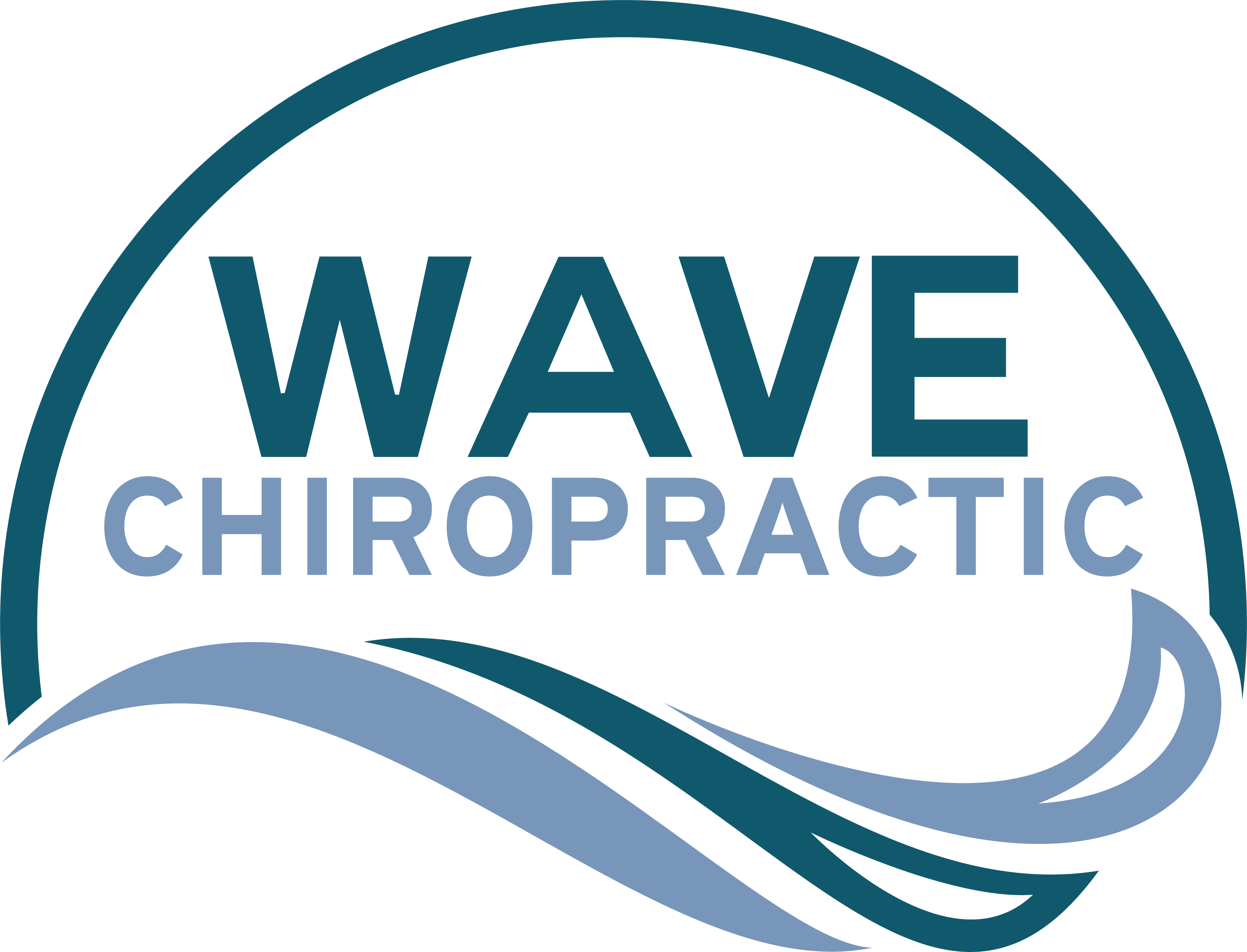If you're dealing with persistent back pain, you might be looking for solutions that don't involve surgery or heavy medication. There are three non-invasive options that have proven effective for many: physical therapy, chiropractic care, and mindfulness techniques. Each approach offers unique benefits that can help alleviate discomfort and improve your overall well-being. However, understanding how to implement these methods effectively can make all the difference in your recovery journey. Curious about how each solution works and which might be best for you?
Physical Therapy
Physical therapy is one of the most effective non-invasive solutions for back pain, offering personalized treatment plans that address your specific needs. When you visit a physical therapist, they'll assess your condition and design a tailored program that focuses on improving your strength, flexibility, and overall mobility. This individualized approach guarantees that your therapy targets the root causes of your discomfort.
You'll engage in various exercises aimed at strengthening the muscles supporting your spine, which can help reduce pain and prevent future issues. Stretching and flexibility exercises play an essential role too, as they can alleviate stiffness and enhance your range of motion. Your therapist might also incorporate manual therapy techniques, helping to relieve tension and promote healing.
In addition to exercises, your therapist may provide education on proper body mechanics, posture, and ergonomics. Understanding how to move safely and effectively in daily life can greatly impact your recovery and long-term health. You'll likely receive guidance on activities to avoid and modifications to make in your routine.
As you progress, your therapist will continually adjust your treatment plan, making sure it remains effective as your condition improves. Regular sessions can lead to a decrease in pain levels and a boost in your overall quality of life.
Chiropractic Care
If you've explored physical therapy for your back pain, you might find chiropractic care to be another effective option. Chiropractors focus on diagnosing and treating musculoskeletal disorders, particularly those affecting the spine. Their approach often involves manual adjustments and manipulations aimed at restoring proper alignment and improving your overall function.
Here are four ways chiropractic care can help alleviate your back pain:
- Spinal Manipulation: Chiropractors use hands-on techniques to adjust the spine, which can relieve pressure on nerves and reduce inflammation, leading to pain relief.
- Customized Treatment Plans: Your chiropractor will assess your specific condition and create a tailored treatment plan that may include adjustments, exercises, and lifestyle advice.
- Enhanced Mobility: By improving spinal alignment and reducing muscle tension, chiropractic care can increase your range of motion, making everyday activities easier and more comfortable.
- Holistic Approach: Chiropractors often address not only the symptoms of back pain but also the underlying causes, focusing on your overall well-being and encouraging healthy habits.
Chiropractic care can be an effective, non-invasive solution for back pain management. If you're looking for a different approach after physical therapy, consider scheduling a consultation with a chiropractor.
They can guide you through the process and help you regain control over your back health. Remember, taking proactive steps today can lead to a more comfortable tomorrow!
Mindfulness and Relaxation Techniques
Incorporating mindfulness and relaxation techniques into your routine can greatly reduce back pain and enhance your overall well-being. These practices help you manage stress, which is often a significant contributor to muscle tension and discomfort. By focusing on the present moment, you can cultivate awareness of your body and its sensations, allowing you to identify and address areas of tension.
One effective technique is deep breathing. When you take slow, deep breaths, you activate your body's relaxation response, helping to ease tension in your back. Try inhaling deeply through your nose for a count of four, holding for four, and exhaling through your mouth for another count of four. Repeat this several times, and you'll likely notice a reduction in discomfort.
Another approach is progressive muscle relaxation. This method involves tensing and then relaxing each muscle group in your body, starting from your toes and working your way up to your head. As you focus on each area, you'll not only release physical tension but also promote mental relaxation.
Mindfulness meditation is also beneficial. Set aside a few minutes each day to sit quietly and focus on your breath. If your mind wanders, gently bring your focus back to your breath.
Over time, these practices can help you develop a greater awareness of your body, leading to better posture and reduced back pain.
Conclusion
Incorporating physical therapy, chiropractic care, and mindfulness techniques can drastically improve your back pain and overall well-being. By engaging in personalized exercises, spinal manipulations, and practicing relaxation methods, you can find relief without invasive procedures. Embracing these non-invasive solutions not only helps you manage pain but also empowers you to take control of your health. Remember, consistency is key, so stay committed to your chosen strategies for lasting relief and a healthier back.

